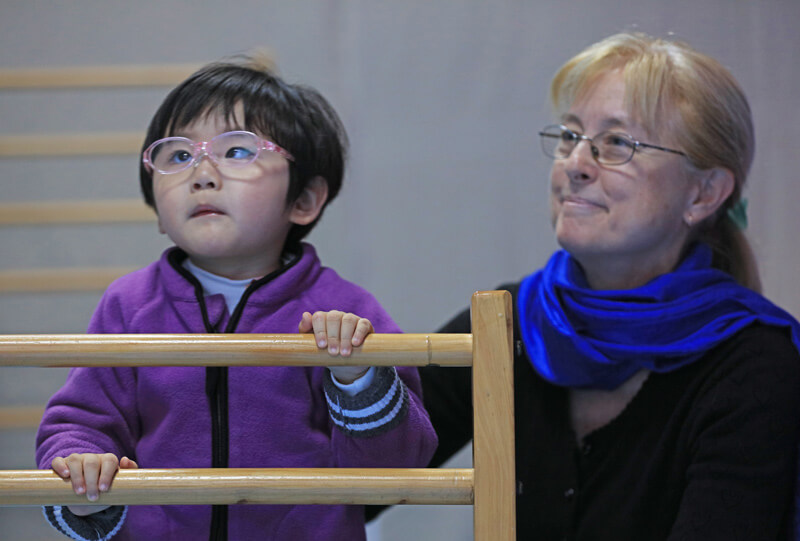Search
Research
Italian Version of QI-Disability for QoL Evaluation in Children and Adolescents with Intellectual Disability: Translation and Cross-Cultural Adaptation ProcessChildren and adolescents with Intellectual Disability experience a worse Quality-of-Life (QoL) relative to typically developing peers. Thus, QoL evaluation is important for identifying support needs and improving rehabilitation effectiveness. Nevertheless, currently in Italy there are not tools with this scope. This study aims to translate and cross-culturally adapt the Quality-of-Life Inventory-Disability into Italian.
Research
International workshop: what is needed to ensure outcome measures for Rett syndrome are fit-for-purpose for clinical trials? June 7, 2023, Nashville, USAThe clinical, research and advocacy communities for Rett syndrome are striving to achieve clinical trial readiness, including having fit-for-purpose clinical outcome assessments. This study aimed to (1) describe psychometric properties of clinical outcome assessment for Rett syndrome and (2) identify what is needed to ensure that fit-for-purpose clinical outcome assessments are available for clinical trials.
Research
Effects of ganaxolone on non-seizure outcomes in CDKL5 Deficiency Disorder: Double-blind placebo-controlled randomized trialCDKL5 deficiency disorder (CDD) is a rare developmental and epileptic encephalopathy. Ganaxolone, a neuroactive steroid, reduces the frequency of major motor seizures in children with CDD. This analysis explored the effect of ganaxolone on non-seizure outcomes.
Research
Patient-advocate-led global coalition adapting fit-for-purpose outcomes measures to assure meaningful inclusion of DEEs in clinical trialsExisting clinical tools that measure non-seizure outcomes lack the range and granularity needed to capture skills in developmental and epileptic encephalopathy (DEE)-affected individuals who also fall in the severe to profound range of intellectual disability. This effectively excludes those with severe impairments from clinical trials, impeding the ability of sponsors to evaluate disease-modifying therapies.

News & Events
Research enriching the lives of girls with Rett syndromeA program developed by The Kids Research Institute Australia researcher Dr Jenny Downs has led to dramatic improvements in the functioning of Chinese children with Rett syndrome, and could change the world.
Research
"The problem with running"-Comparing the propulsion strategy of children with Developmental Coordination Disorder and typically developing childrenThis study compared strategies of propulsion and power generation at the ankle during late stance/early swing in both walking and running in children with...

Guide our sibling research!
Research
Real-world benefits and tolerability of trofinetide for the treatment of Rett syndrome: The LOTUS studyAim: To describe the real-world effects of trofinetide in individuals with Rett syndrome (RTT) using the 18-month follow-up analysis of the LOTUS study.
Research
Evaluating the Introduction of Humidified High-Flow Nasal Cannula Therapy Into an Australian Aeromedical Service Within a Paediatric Population: A Retrospective Cohort StudyHumidified high flow (HHF) oxygen is increasingly used to treat acute respiratory illnesses in children; however, use during aeromedical transfer is not well described. This was a retrospective cohort study. Children who were transferred from rural locations and were initiated on HHF prior to transfer between 1 January 2015 and 31 December 2018 were identified from the Royal Flying Doctors Service database. Clinical variables prior to transfer, during flight and after transfer were collected from medical records and flight records.
Research
Down syndrome or Rett syndrome in the family: Parental reflections on sibling experienceSiblings of children with intellectual disability have unique family experiences, varying by type of disability.
